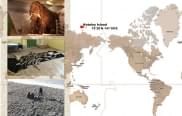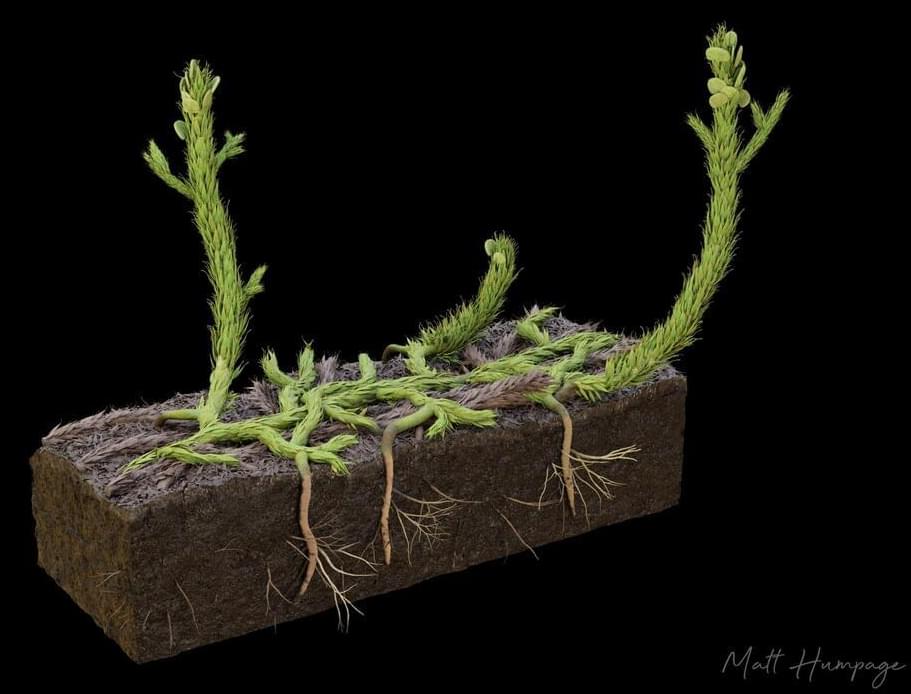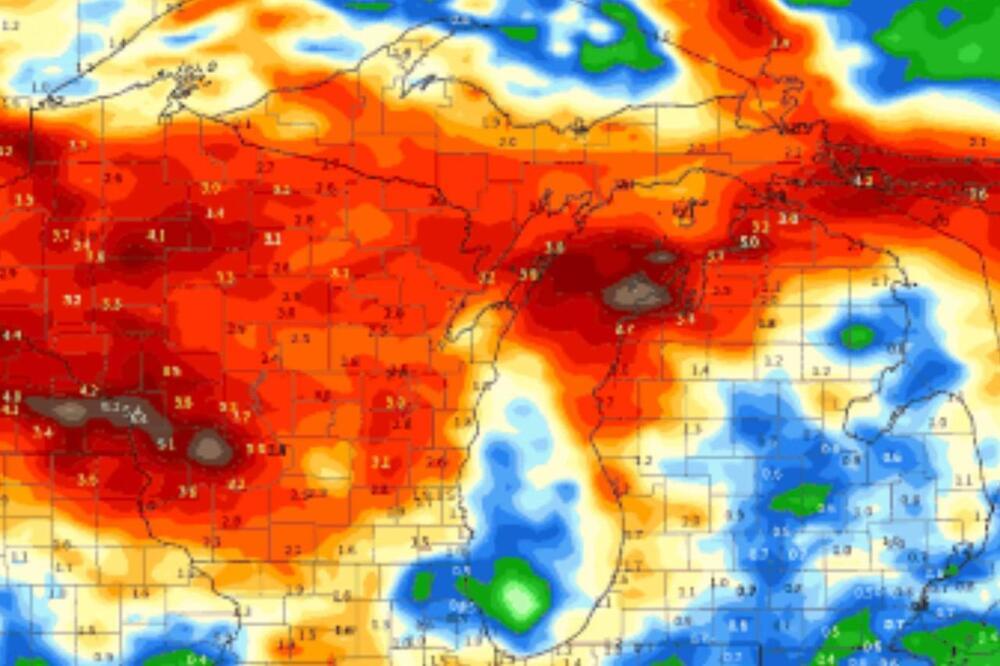26,000 Years ago, humans hunted gigantic wooly mamoths, 600 miles above the arctic circle. The fact that we had such human settlements so far north, jives well with Bal Gangadhar Tilak’s hypothesis of a northern origin of all Indo-European language cultures. Tilak, the “Ben Franklin” of modern India and predecesor of Mahatma Gandhi wrote the book “The Arctic Home in the Vedas,” where he developed his hypothesis based of the Vedas verses, that what was described therein could only have happened above the arctic circle at a time when the climate there was milder. He proposed that as the ice age set in, this culture was forced to immigrate southwards, leading to colonization of Eurasia.
Ancient hunters butchered woolly mammoths at Taba-Yuryakh site some 26,000 years ago.






